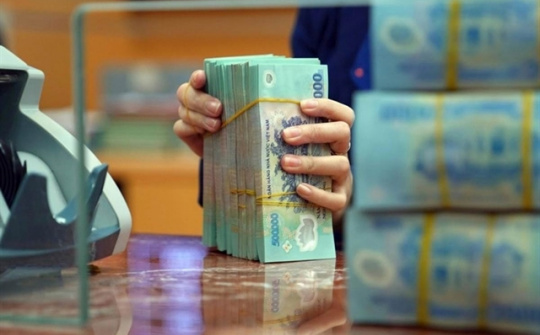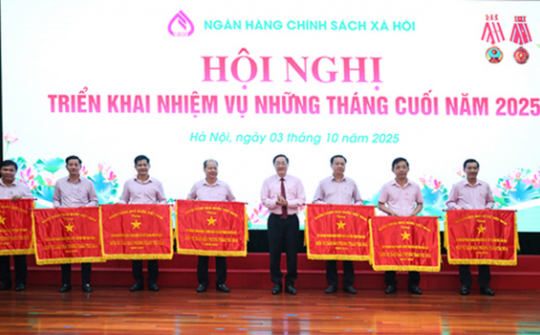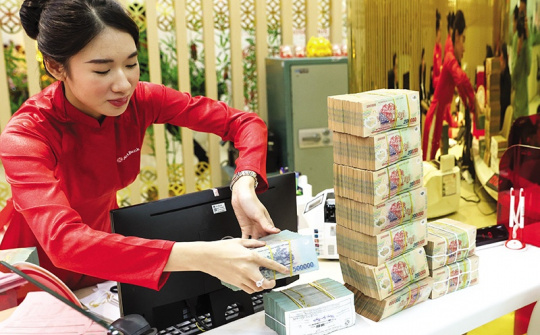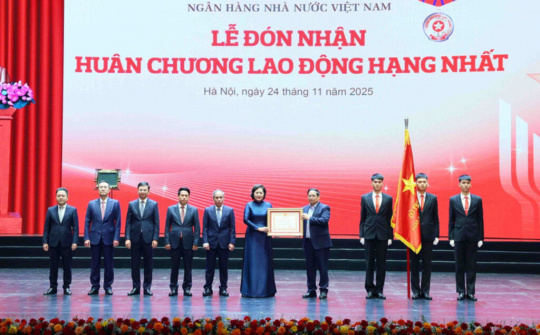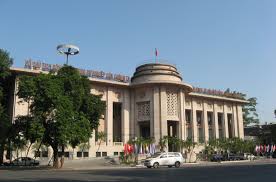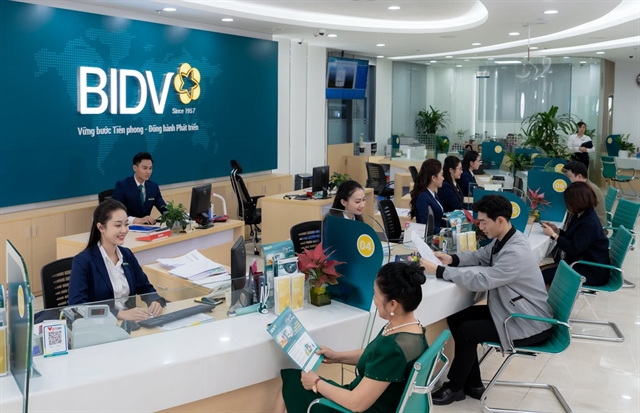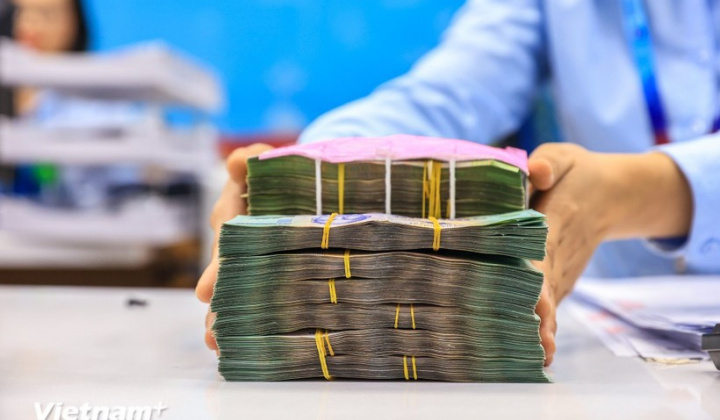The State Bank of Vietnam (SBV) has taken bold measures to encourage credit to flow into priority sectors while preventing credit from flowing into risky sectors, including real estate speculation.
Under Circular 14/2025/TT-NHNN specifying capital adequacy ratios for commercial banks and foreign bank branches in Việt Nam, which will take effect from mid this month, the Credit Risk Weight (CRW) of loans for some areas such as social housing purchase, small and medium-sized enterprises (SMEs), agriculture and rural development is adjusted down.
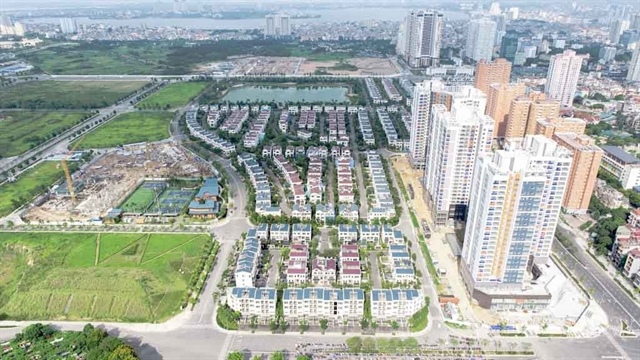
Specifically, the CRW of loans for agricultural and rural areas is reduced from 100 per cent to 50 per cent. For loans to SMEs, the CRW is cut from 90 percent to 85 per cent.
For social housing loans, if the ratio of loans to collateral is low at below 40 per cent, the CRW is only 20 per cent. Even when the ratio of loans to collateral is higher, the CRW remains low from 35 per cent to a maximum of 50 per cent, which is very low compared to normal real estate.
These adjustments clearly demonstrate the SBV’s policy of encouraging bank credit to flow into the Government’s priority areas because the low CRW means that banks will have to spend less capital when they lend.
On the contrary, the CRW of loans for commercial real estate is further tightened, only prioritising projects with transparent legal status and clear collateral.
Specifically, the CRW for loans for commercial real estate can reach up to 150 per cent if the real estate fails to meet three conditions, including: the mortgaged property is completed, transferable and has clear ownership documents; the bank must have the right to legally handle the secured property and not be bound by legal disputes; and the appraised value of the secured property must always be equal to or higher than the loan value.
With the high CRW of up to 150 per cent, this means that banks will incur higher capital costs, making commercial real estate lending less attractive.
According to analysts at SSI Research, Circular 14 is a positive step bringing Việt Nam closer to international banking safety standards as it improves the level of system safety, transparency and ability to respond to risks.
The analysts also believe that the new policy will create conditions for sustainable credit expansion in line with the Government's GDP growth target.
However, they noted that, though Circular 14 would create conditions for more efficient credit growth in terms of capital, it would also pose risks if not managed carefully, especially in the context of Việt Nam's high credit-to-GDP ratio.
Meanwhile, experts at the Sài Gòn-Hà Nội Securities Company (SHS) said that the use of the CRW as a tool to fine-tune the credit structure—increasing incentives for sectors that need encouragement and tightening high-risk segments—would help bank capital flows to be reshaped naturally.
SHS experts forecast that the commercial real estate segment might slow in the short term but, in return, the economy would receive a sustainable and less risky capital flow.
In fact, the real estate lending ratio of many banks in the first half of this year increased sharply. The credit growth rate of many banks reached 20-30 per cent, three times higher than the credit growth rate of the whole banking system.
According to economists, credit growth of 18-20 per cent this year is in line with GDP growth rate and inflation rate. The rate is considered ‘not overheated’. However, this credit growth rate is only safe if the credit is directed to priority sectors.
On the contrary, if credit flows into speculative sectors such as securities and real estate, an asset bubble may form, putting pressure on interest rates and inflation, which will cause bad debt risks and macroeconomic instability.
Therefore, a credit ‘filter’ to prevent credit from flowing into risk-weighted sectors including real estate is needed to make credit safer.


